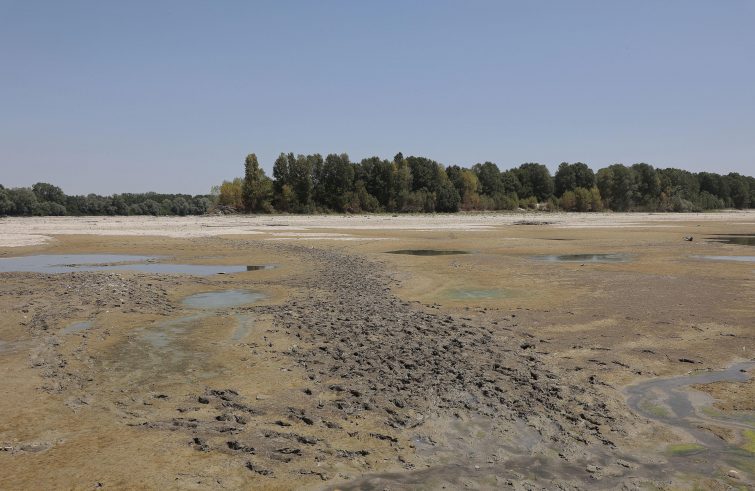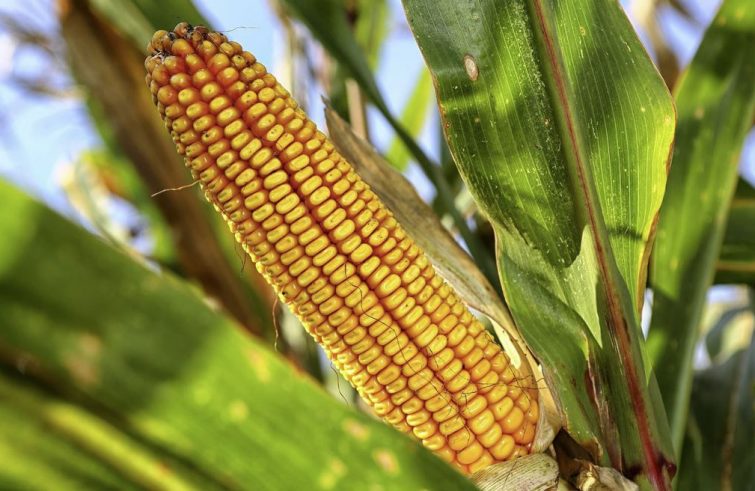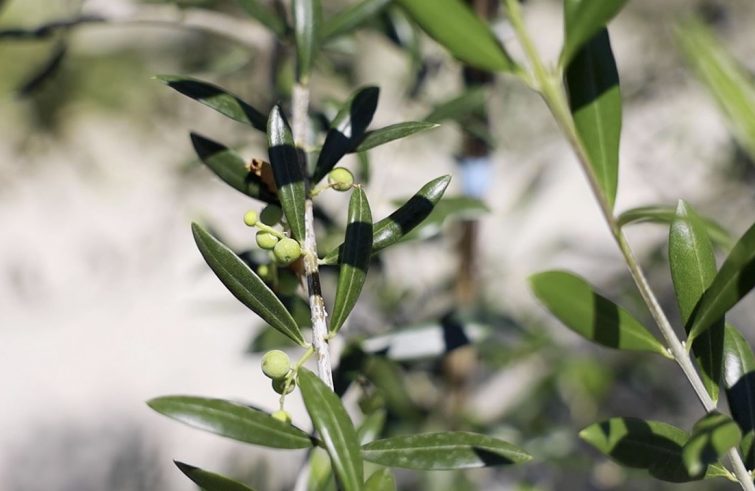
Drying rivers, parched crops, farming facing increasing challenges. Italy’s 2022 drought is putting a severe strain on Italian farms. Rainfall has halved with a devastating impact on national produce driven by a record-breaking heat wave. A total of 332,000 farms are at risk of shutdown in nine regions that have declared a state of emergency (Piedmont, Lombardy, Veneto, Friuli Venezia-Giulia, Emilia-Romagna, Latium, Umbria, Liguria and Tuscany), while total damages have already exceeded 3 billion Euros. The online journal published by Cattolica University “Secondo Tempo”, with the contribution of academics from the Faculty of Agricultural, Food and Environmental Sciences of the Sacred Heart University’s Piacenza campus, in its report “L’estate senza pioggia” (The summer without rain), analysed the impact of water shortages in the various sectors of the supply chain and the efforts of scientific research in response to the key challenges resulting therefrom.
“The challenge ahead of us in the coming years,” explains Marco Trevisan, dean of the Faculty of Agricultural, Food and Environmental Sciences at the Cattolica University, “is the development of sustainabile measures aimed at preserving water in its entirety by planning shared prevention and protection measures, given water’s natural renewal and replenishing cycle. Water is in fact a renewable resource, albeit limited and unevenly distributed, and only 2.5% of all the water on our planet is freshwater, vital for life.”
“The ongoing climate change,” continues Trevisan, “is causing a wide range of problems, which, if not adequately addressed, could have serious repercussions on human life and on agricultural activity in particular. Increasing temperatures, change in rainfall patterns, coupled with overbuilding and the failure to restore organic substrate in soils, are gradually causing the desertification of vast areas that were once fertile and farmed.”
Over the past decade, increase in agricultural production has had to match rising global demand in a sustainable manner. Climate change has exacerbated its gravity. “Meeting this challenge requires new solutions,” points out Luigi Lucini, Professor of Agricultural Chemistry.
In the last few years, the Cattolica University has been developing a field of research that focuses on biostimulants: molecules or microorganisms. These materials are neither a fertilizer nor a pesticide, they are natural products that are used in agriculture.”
“In our laboratories, we discovered how to isolate micro-organisms from the rhizosphere – explains Edoardo Puglisi, Professor of Agricultural Microbiology – and we developed a number of methods that help select the micro-organisms with specific properties such as, for example, water stress resistance and nutrient retrieval.
New technologies will play an increasingly important role.
“Today, thanks to precision agriculture, by means of sensors, drones, calculation models, it is possible to scan the different types of soil, upload the information onto predictive maps, and with the use of advanced machines such as rangers and pivots, identify accurate water supply requirement for each area of land,”
explains Stefano Amaducci, Professor of Cereal Grains, processing and technology. He adds: “Agriculture’s future development revolves around the availability of smart, integrated production factors supported by IT platforms and big data, which will allow us to have a huge amount of data thereby enabling fundamental choices to be made by machines and no longer by the individual farmer.”
(Photo: ANSA/SIR)
“Farming is criticised for being one of the industries that wastes the largest amount of water because it accounts for 60 to 70 percent of global freshwater withdrawals for agricultural purposes,” points out Vincenzo Tabaglio, Professor of Precision Agriculture. “When we say that flow irrigation is the least water-efficient, it means that we compare it to the agrarian system as a whole. Let us assume that the efficiency of this system is 40%. This means that less than half of the volume of water is used for crops. The remaining 60 per cent is not wasted but returned to the land – it can either be reused by downstream agricultural activities, to replenish the aquifers, or flow back into the rivers. There are also more efficient methods:
“One of the most conservative methods are subsurface irrigation systems buried beneath the soil, which we also use on the Faculty’s experimental farm. Efficiency rates can be as high as 95% with this system, but nothing is returned to the land.”
(Photo: “Secondo Tempo”)
“The genetic approach can help improve drought resistance when combined with conservative agronomic techniques and irrigation,” says Adriano Marocco, Professor of Agricultural Genetics. The target today is to use genome editing, which involves changing the genes already present in genomes to fine-tune their efficiency.” He continues: “As geneticists, our aim is to make the best use of all the information available in order to develop more water-efficient and drought-resistant crops, which can grow in less water-intensive conditions. In short:
to produce more with less available resources. This is the challenge facing us in the future.”
(Photo: “Secondo Tempo”)
For Stefano Poni, Professor of Viticulture, “recurring water stress is a typical example of the impact of climate change. This problem risks adversely affecting production and product quality, thereby undermining an extremely valuable marketing concept such as the Made in Italy label that our country is so strongly committed to.”
Olive growing is the most important agricultural activity in Italy, covering approximately 1. 150 thousand hectares. “While olive oil production exceeded half a million tonnes throughout the early 2000s,” notes Sergio Tombesi, Professor of General Arboriculture and Tree Cultivation, “in the past few years it suffered a drastic decrease, with production levels dropped by more than 50%. While this is due to a number of different factors, climate change aggravates them, causing an increase in extreme climate events that foster parasite attacks, hence biotic stresses, as well as increased abiotic stresses such as spring frosts and summer droughts, with repercussions on the quality and quantity of harvested olive oil.
The response to these challenges lies in the areas of education and research, which our University is actively working on. It is therefore important to train experts in the field who can understand the causes of these phenomena and take action, even breaking away from customary practices”.
Water is essential for livestock farming and especially for dairy cattle. “Part of this water can be taken in through food – says Antonio Gallo, Professor of Animal Nutrition and Husbandry – while another part is absorbed by drinking. Livestock farming water is subsequently used to clean the areas where the animals live or to regulate their body temperature especially in very hot and humid climate.
For this reason, a number of water-saving systems are in place in livestock farms, such as photoelectric sensors which detect the presence of the animal to avoid unnecessary water wastage and mechanisms for wastewater recycling.”
“We are experiencing a very critical situation, all of Northern Italy is affected by the drought. The water flow of the Po River was reduced almost six-fold: to 20% of its usual flow rate” says Paolo Sckokai, Professor of Agro-Food Economics. On the subject of irrigation, the Professor explained:
“Efficient water management is necessary, both in terms of quantity and price, which should be regulated and not be left in the hands of the free market.
Quantity management means properly storing water. It should be stockpiled when it is available. Not only large reservoirs, since less high-impact storage systems do exist. In addition, efficient use of distribution networks is necessary, making use of new technologies that reduce agricultural water seepage”, he concludes.















